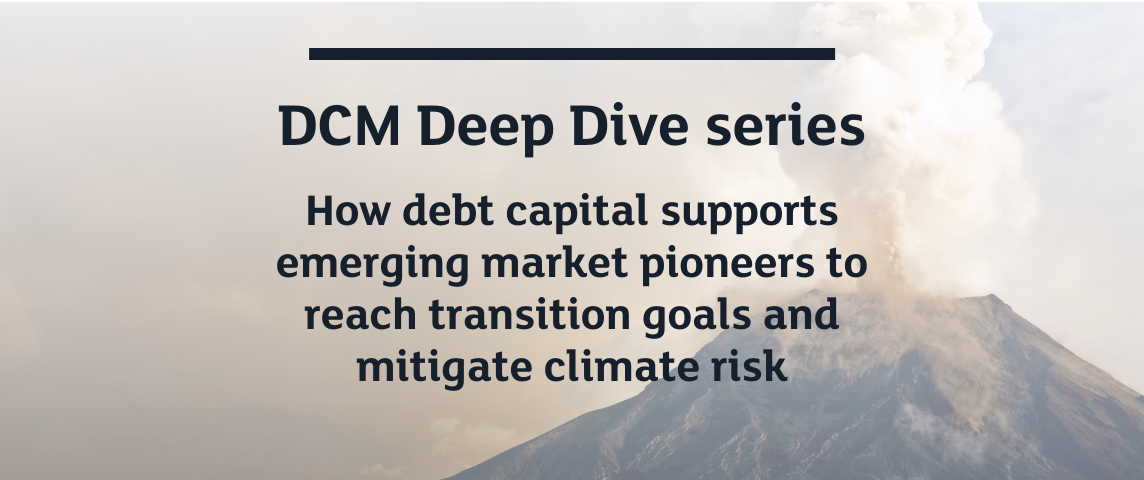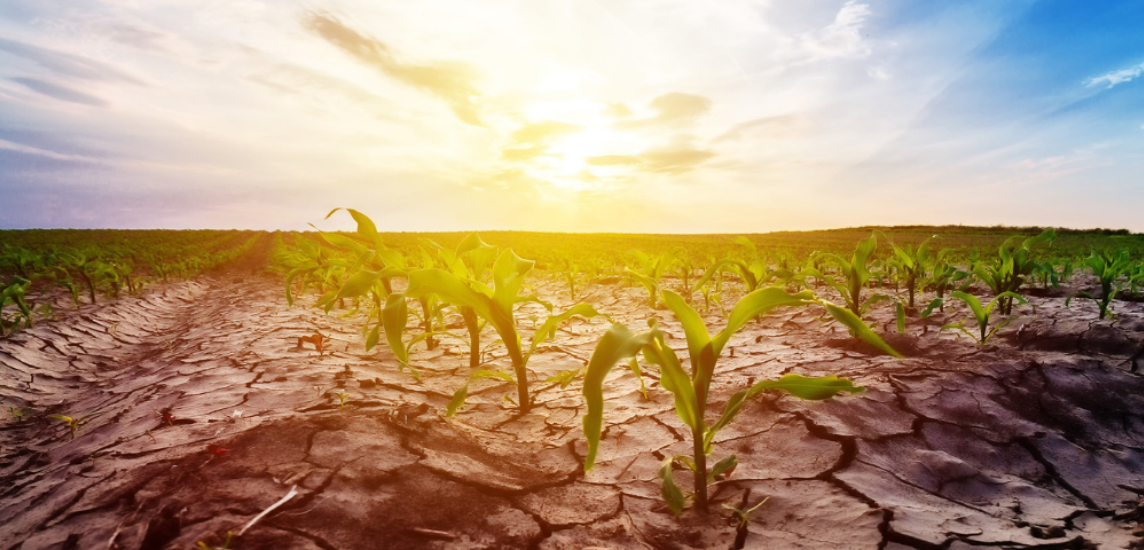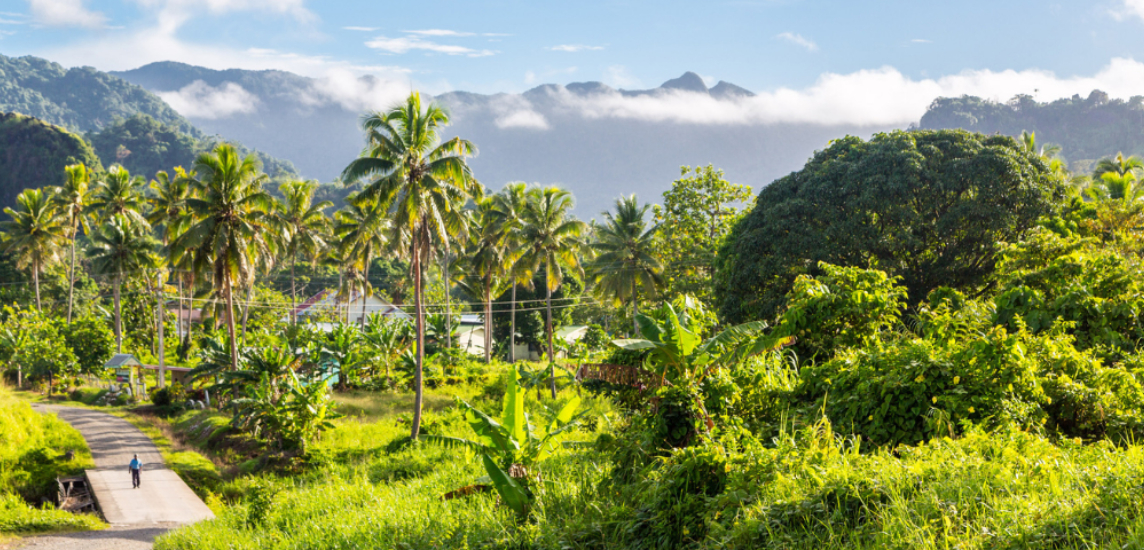Building EM bonds back better
Intense droughts, rising sea levels, water scarcity, extreme heat. Emerging markets are on the front lines of climate change. The physical impact of climate change has created a spectrum of structural and systemic challenges for emerging markets. Developing nations are also crucial in the global transition toward net zero – the International Finance Corporation’s (IFC) 21 emerging markets representatives produce 48% of global emissions – whilst on pathways that look slightly different to developed markets that have been responsible for the bulk of global emissions.
But despite emerging markets being on the front lines of climate change, the green issuance market remains dominated by developed markets. 2021 analysis from the International Energy Agency, World Bank and World Economic Forum shows that over $1 trillion per year is required to align with net zero 2030 targets. This implies a huge shortfall – more than six times the current investment as estimated by BlackRock.
For developing economies, capital markets financing is critical. Green fixed income securities or labelled bonds help emerging nations target growth and meet demand for climate solutions — from renewable energies to water management and smart agriculture.
Pioneering a green revolution
Fiji lies in a uniquely fragile position in the face of extreme weather events. Its 300 volcanic islands are often battered by intense cyclones and floods. When Cyclone Winston hit in 2016 it created economic and social devastation. One-third of the GDP was wiped out and many suffered displacement.
To protect against further extreme weather events, Fiji was the first developing nation to launch a sovereign green bond supported by the IFC and World Bank. It was oversubscribed by twice the initial float. Crucially it enabled Fiji to create a market for private capital that supports its climate adaption and resilience goals.
Meanwhile, the Nile has been the fertile bed for Egypt since the time of the pyramids. However, according to the IPCC, the Nile Delta is now one of the world’s hottest spots for extreme climate vulnerability.
Reliant on the Nile for 90% of its water supply, the country has endured reduced crop yields, livestock falls, and increased food shortages. Egypt planted its own sustainability flag when it became the first sovereign green bond issuer from the Middle East & Africa with a $750m 5-year green bond – the largest green bond issuance from the Middle East region. Proceeds are financing national green projects, including water treatment and desalination plants.
Latin American countries are also blazing a trail in sustainable finance. Mexico leveraged LSEG’s Sustainable Bond Market to launch its own sustainability bond, making it the first country in the Americas to create a sustainability sovereign bond linked to the UN Sustainable Development Goals (SDGs).
Mexico’s SDGs Bond takes a novel approach. Most sustainability bonds are linked to specific projects identified before the bond is issued. However, the SDGs Sovereign Bond Framework developed by the Mexican government, on which the bond is based, links the entire Federal Budget to the SDGs, and applies geospatial eligibility criteria to ensure that only budgetary items targeting municipalities with the greatest Sustainable Development Goals shortfalls are selected.
Arturo Herrera Gutierrez, Minister of Finance of Mexico remarked that this not only raised critical resources, but shows use of proceeds has been elevated in importance alongside price and yield for investors.
Chile emerges as a global leader
Chile has emerged as a pioneer and regional leader in the issuance of green fixed income. It launched the first green bond in the Americas and last month launched the world's first sovereign sustainability linked bond – demonstrating emerging markets are not only playing catch-up but leading the field. The $2 billion sustainability linked bond was issued with a 4.3% coupon. According to S&P Intelligence, demand for the bond reached more than $8 billion, or 4.1 times the original placed amount
Chile’s $2 billion issuance of sustainability-linked bonds (SLBs) is just one of the ways innovative emerging market issuers are seeking to realise their transition goals. Instead of raising capital for specific sustainable projects, SLBs have characteristics related to a criteria of environmental, social, governance (ESG) KPIs.
The bond is linked to the Paris Agreement and stipulates Chile must not produce 95 metric tons of carbon dioxide by 2030, and that 60% of electricity production must be from renewable energy by 2032. Thus, the SLB has the potential to create a bigger impact from a global climate perspective, given its performance is linked to Chile’s climate commitments under the Paris climate pledges and not an isolated project.
Given the global push to mitigate climate risk and a narrowing window in which to act, we believe more capital must flow to those underfunded developing countries seeking to transition their economies. Developing countries are showing their willingness to embrace renewable technologies, innovative social impact solutions, and reduce their carbon impact – what has been lacking has been access to capital. There are, of course, challenges to a more mainstream sustainable debt finance market. These include harmonized disclosure and unified taxonomies.









